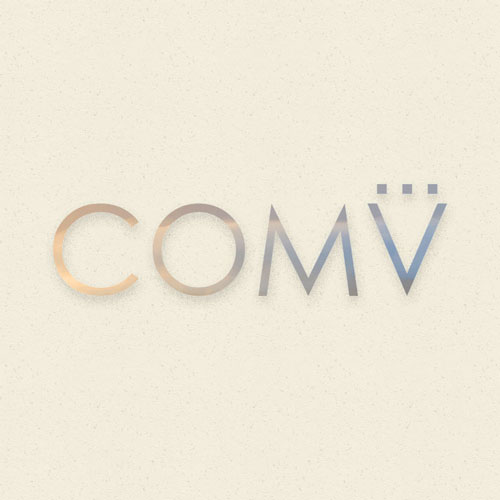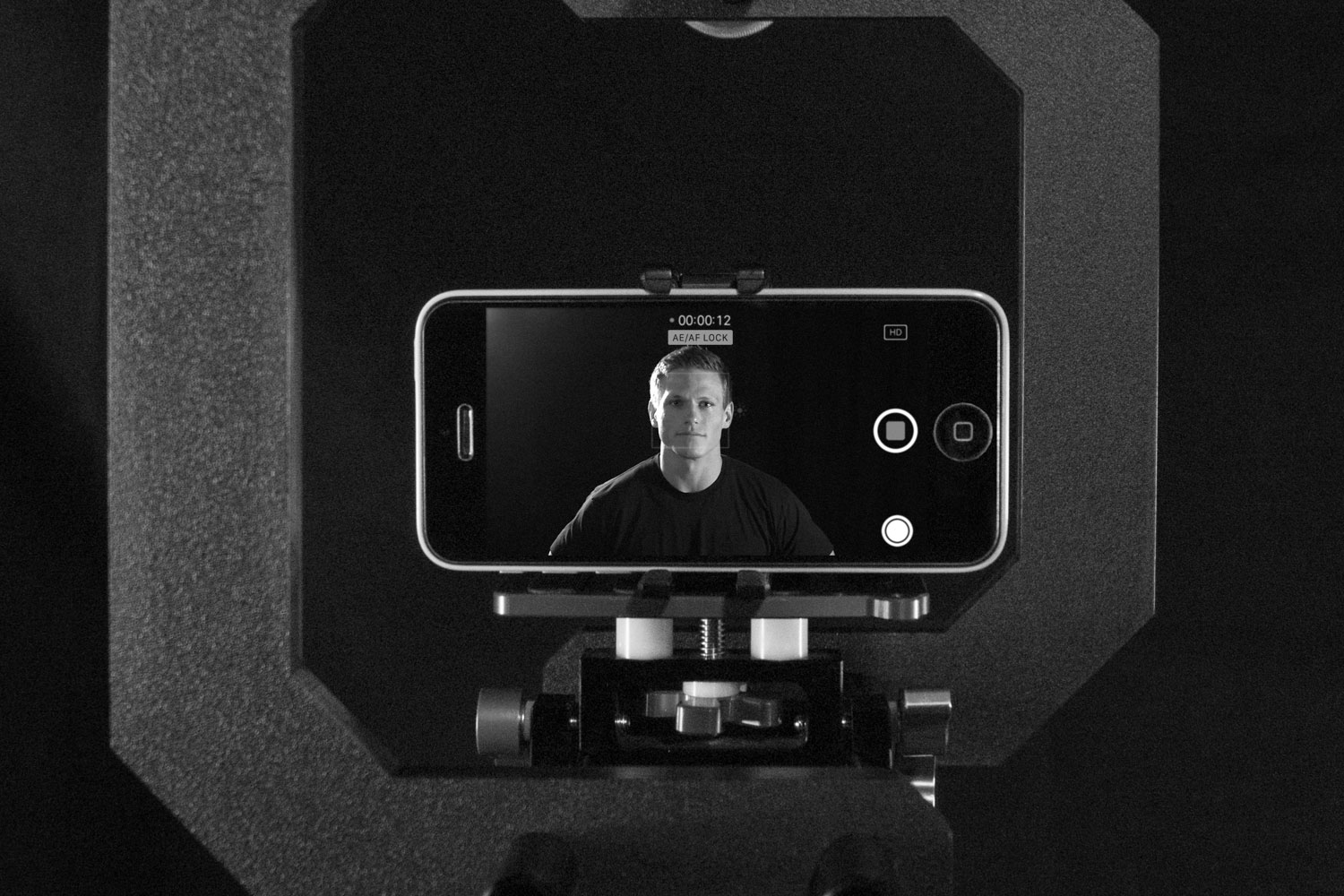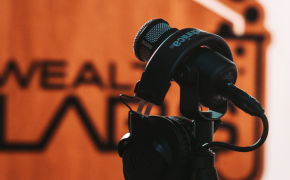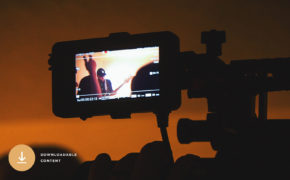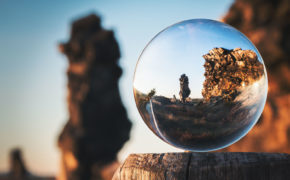EQUIPMENT FOR THE STARTING FILMMAKER
As a blogger, aspiring filmmaker, or youtuber,
we all have seen a video that looked better than ours. What’s sad is that 95% of the time we all have seen that the creative who made the blog, film, or youtube post had better equipment than we do; and because of that, we have all come to the conclusion that the video was better… because of their equipment.
But it has to be the equipment, doesn’t it? Why do all the people with better equipment have better-looking productions?
Well, let me share with you a little story
that taught my crew and me a life changing principle that our company has lived by ever since; then, at the end of the story, we will share with you our top recommended equipment to help you out AFTER you have taken to heart this key to successful filmmaking.
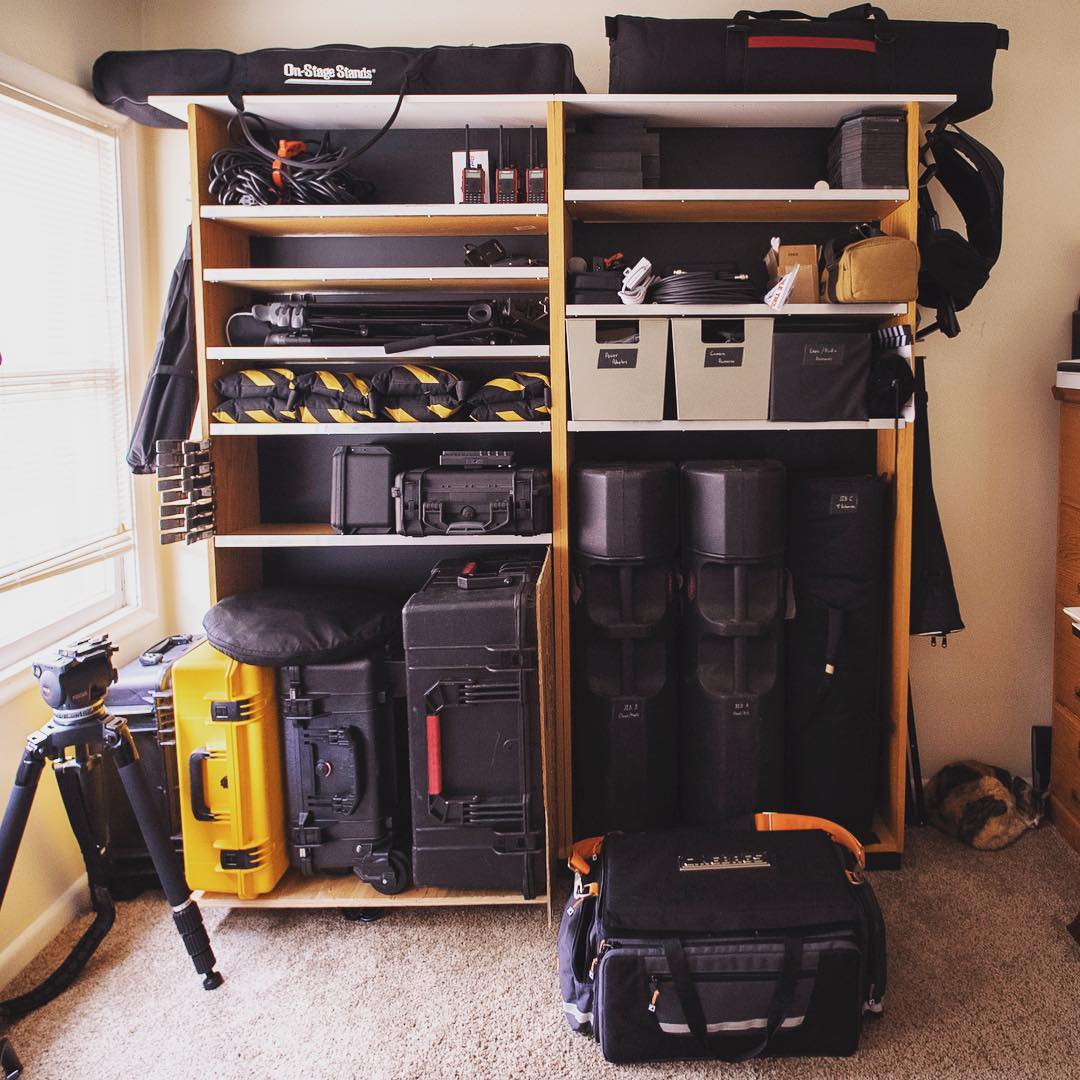 We had been doing professional commercial film production for 3 years. Our quality was good, but we wanted to get to that next level of professionalism. So what was the key do get to that next level? A new lighting kit. We knew that if only we could get brighter and better lights, our bad image woes would be over.
We had been doing professional commercial film production for 3 years. Our quality was good, but we wanted to get to that next level of professionalism. So what was the key do get to that next level? A new lighting kit. We knew that if only we could get brighter and better lights, our bad image woes would be over.
Well after we purchased our awesome 4 piece lighting kit something odd happened. Our videos didn’t look better. Actually, in some cases, our videos looked worse. Did we buy the wrong type of lighting? No, the truth was, we were just not good at lighting. Having more powerful lights at our disposal just made our bad lighting more apparent. It was heartbreaking, not because of the money we spent on our new stuff, but because now, without equivocation, we knew that we were the problem.
So, did we return our new lighting kit and give up filming? No. We kept the kit. We watched bonus feature after bonus feature of some of the greatest movies. We paused scenes to examine and dissect the lighting. And in the end we learned this life changing principle:
WE DONT NEED TO USE BETTER EQUIPMENT, WE NEED TO USE OUR EQUIPMENT BETTER
Simple isn’t it? Often, it’s not what we want to hear, but it is the path to a better quality image. In addition to this master principle, here are three technical principles to be on your way to better-looking video. As always, these are not rules, but principles that will get you aimed in the right direction to consistently better quality video.
Audio
The first step towards better video is the audio, surprisingly. Crisp 4K footage is made bad by canny, low fidelity audio. Yet the footage off even a phone camera is magically transformed to greatness in the mind’s eye when complimented with crisp, clean audio.
The principle to better audio: Mic the source of the sound
To do this, the key is to get your microphone as close to the subject as possible. Expensive, no. A simple purchase on amazon will get you a 20-foot wired lapel mic allowing you to get the mic as close to the presenter’s mouth as you can. This simple addition will make any interview, voiceover, or vlog sound crispy-clean. This product will work with any camera or device with a 3.5mm “headphone” jack.
Amazon.com: Wired Lavalier (Lapel) Mic
Already have a mic, well then we default back to the theme of this post WE DONT NEED TO USE BETTER EQUIPMENT, WE NEED TO USE OUR EQUIPMENT BETTER by getting you mic closer the source.
Lighting
The second step towards better video is the lighting. Your camera captures light. That is its sole purpose. So if you have bad lighting, even if you rent or save up for a $50K camera, you will still be capturing BAD lighting. This is a funny principle that usually is only believed after buying your dream camera (or lighting kit in our case) and then suddenly realizing “oh, my image still looks horrible. I guess it was our lighting after all.”
The principle to better lighting: Keep it simple, Keep the shadows, Keep em’ soft
Right up front, our team rarely uses more than 1 light nowadays. Even though we still have our awesome 4 piece lighting kit (and would highly recommend our Fiilex lights to any professional), we have long fought the urge to use all of our lights all of the time. Why do we keep it simple by using 1 light the majority of the time? Because it allows us to keep the shadows. Shadows create depth and separation in our images. And shadows are so important. Watch any decent Hollywood film and take mental note of the shadows. Almost every scene has purposefully crafted shadows!
Ok, so while keeping the shadows there is one issue that comes as a result of 1 light setups; that is the sharpness of the shadow. How does one soften a sharp shadow? Well, you can diffuse it, but honestly, you will need a really big diffuser to get any appealing results. So our go-to: bouncing the light. Point the light at a white surface and bounce it back to your subject. A simple way to crafting a beautiful shadow that caresses and compliments your subject’s face.
What do you need? A decently bright light, AC light socket, and foam-core backing for your bounce. Stands and other accessories are optional, allowing for easier setup, but in the end, for under $100, you can rock your camera’s sensor with beautiful light.
Amazon.com: 105-watt Daylight Fluorescent Bulb (2 bulbs, 1 for backup)
Amazon.com: AC socket Stand Attachment (Comes with 2, but don’t use both!)
Most Dollar Stores: 20x30in White Foam Core Backing
Amazon.com: Bounce Card Stand Clamp
Amazon.com: Budget Light Stands Pack (1 for light, 1 for bounce)
Amazon.com: ALTERNATIVE Durable Single Light Stand (1 for light, 1 for bounce)
Amazon.com: Light Kit Carry Bag
If you already have a homemade lighting kit then we default back to the theme of this post WE DONT NEED TO USE BETTER EQUIPMENT, WE NEED TO USE OUR EQUIPMENT BETTER by keeping it simple, keeping the shadows, and keeping those shadows soft.
Camera
This question… It is asked a lot. In the end, we suggest the best camera is the one you have. Perfecting your audio and your lighting really will change your quality drastically. Changing your camera can open up more options such as low-light, lens choice, and slow-motion, but those changes we have never found to be as dramatic as the changes found from the above 2 steps. With that being said, if you are in the market for getting a shiny new camera, here is our advice.
The principle to a better camera: Know what you need, not what you want
4K, log color space, high frame-rate, and a whole slew of other options all have their purpose for existence. Over our years of film production, we have realized the purpose for their existence is to help an artist more easily obtain what they know they are looking for. The camera is the paintbrush (the paint would be the audio and lighting) and different paintbrushes allow for different styles and strokes. There are paintbrushes that truly just suck and fall apart, but for the most part, no one paint brush is better than the other, they all just serve different purposes at different levels.
For example shooting at 4 times the definition of HD (4K) is used all the time by our team. Because it looks so amazing? No. Because it allows us to film an interview with 1 camera and effectively crop the image (digitally in post-production while editing in an HD timeline) to make a zoomed in “second camera”. Other than this we don’t really use 4K commercially as it’s not needed for web distribution, but because we know what we are trying to accomplish, this technology allows us to achieve the desired result without needing 2 cameras, 2 setups, and 2 crews (As seen here).
For a beginner, after you have put money into audio and lighting and feel like you need the next step in cameras to offer you a few more options, we would recommend going with the sony a6300. Coming in under $1,000, leaving you room to expand with interchangeable lenses, and offering a slew professional features, this small little camera packs a punch.
Amazon.com: Sony a6300 (Our recommended camera under $1,000)
But again, a new camera is for features, not for quality, so if you already have a mobile phone or an old DSLR, you most likely have all that you need for now.
In the end,
we invite you to perfect your audio and perfect your lighting; your images will become better. When the time comes, you will know when you need a new camera, not for the quality, but for the additional features that match your growing workflow. For some additional help, we invite you to watch our weekly vlog the PROCESS to learn more about how we use these audio, lighting, and camera principles in our day to day work. And remember WE DONT NEED TO USE BETTER EQUIPMENT, WE NEED TO USE OUR EQUIPMENT BETTER.
COMV is a participant in the Amazon Services LLC Associates Program, an affiliate advertising program designed to provide a means for sites to earn advertising fees by advertising and linking to Amazon.com.

